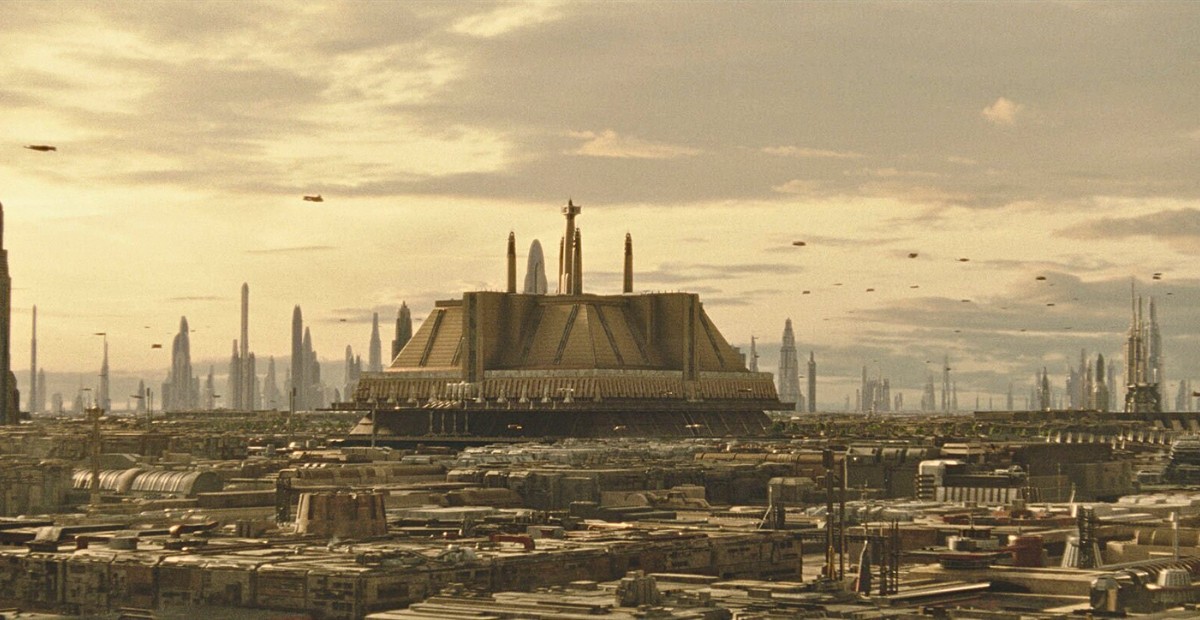When people think about the Jedi, they usually picture Coruscant. After all, that’s where the Jedi Temple stood for thousands of years, right in the galaxy’s beating political heart. But here’s the curious part: in all of Star Wars lore, we can only name a few Jedi who were actually born on Coruscant, like Qui-Gon Jinn and Kanan Jarrus. Why is that? Let’s break it down.
Force Sensitivity Is Rare, and Records Are Limited
The truth is that Force sensitivity is incredibly rare. At the Jedi Order’s height in the prequels, there were only about 10,000 Jedi serving in a galaxy filled with quadrillions of beings. That’s not even a drop in the ocean—it’s closer to a single grain of sand on a beach.
We know this rarity comes from midi-chlorians. The average living being has about 2,500 per cell. Someone doesn’t even qualify as Force-sensitive unless they reach around 4,000–5,000, and very few ever do. Anakin Skywalker was an outlier, with more than 20,000 per cell, surpassing even Yoda. But here’s the kicker: the Jedi would never have known about Anakin if Qui-Gon hadn’t personally sensed something unusual on Tatooine. Even then, Qui-Gon had to confirm it with a blood test.
Add to this another issue—we don’t actually know where most Jedi came from. Out of the thousands who served, we only know the origins of a small fraction. That means there could be far more Coruscant-born Jedi than we think, but the records we see focus on only a few key figures. So when we talk about “so few,” we’re mostly talking about what we’ve been shown, not the whole picture.
Detection and Family Consent on Coruscant
Even when Force-sensitive children were discovered, there was no guarantee they would become Jedi. On Coruscant, the problem was twofold.
First, the overwhelming population made identifying Force-sensitive children like finding a needle in a haystack. With trillions of people living side by side, it was easy for a potential Jedi to go unnoticed unless someone like Qui-Gon stumbled upon them or routine testing flagged them.
Second, parents had to agree to hand their children over to the Jedi Order. That was not always a given, especially among wealthy or noble families. While some aristocrats did join the Jedi—Count Dooku of Serenno, for example—others may have resisted. A family with resources might prefer to raise their child themselves rather than send them away to a life of strict discipline and service. In those cases, even if the child was Force-sensitive, the Order might never have trained them.
Jedi Identity and Storytelling
Another reason we don’t hear much about Coruscant-born Jedi has to do with storytelling. Star Wars works best when its characters come from different corners of the galaxy. Luke Skywalker grew up on a desert world far from civilization. Dooku came from a noble house. Each origin adds variety and depth. If every Jedi were just another native of Coruscant, their stories would lose that richness.
Within the galaxy itself, the Jedi Order also cared less about birthplace than about service. To the Jedi, the Temple was home, and the Order was family. Most Jedi did not hold onto their planetary identity, which is why we rarely hear their origins mentioned. Only in unusual cases, like Anakin clinging to his past as a slave or Dooku keeping his aristocratic pride, does birthplace play an important role in the story.

